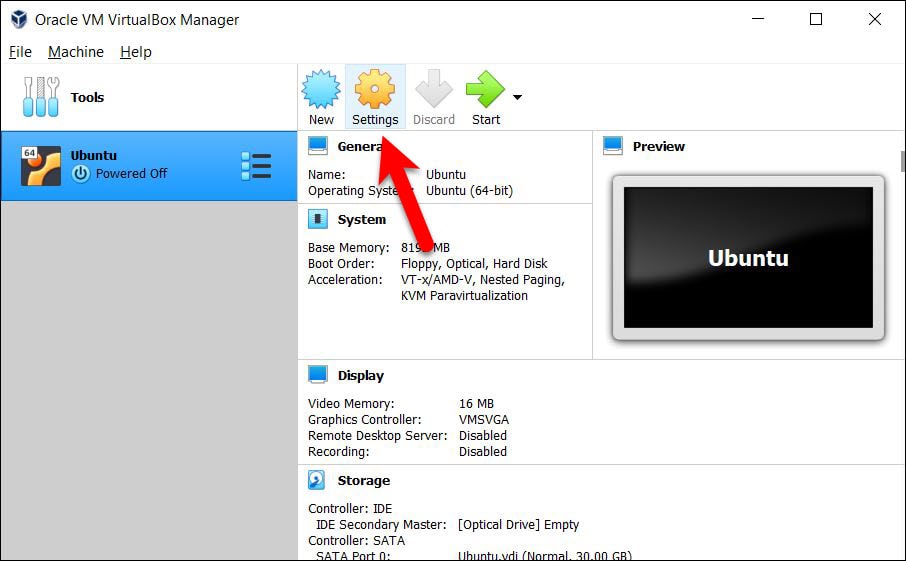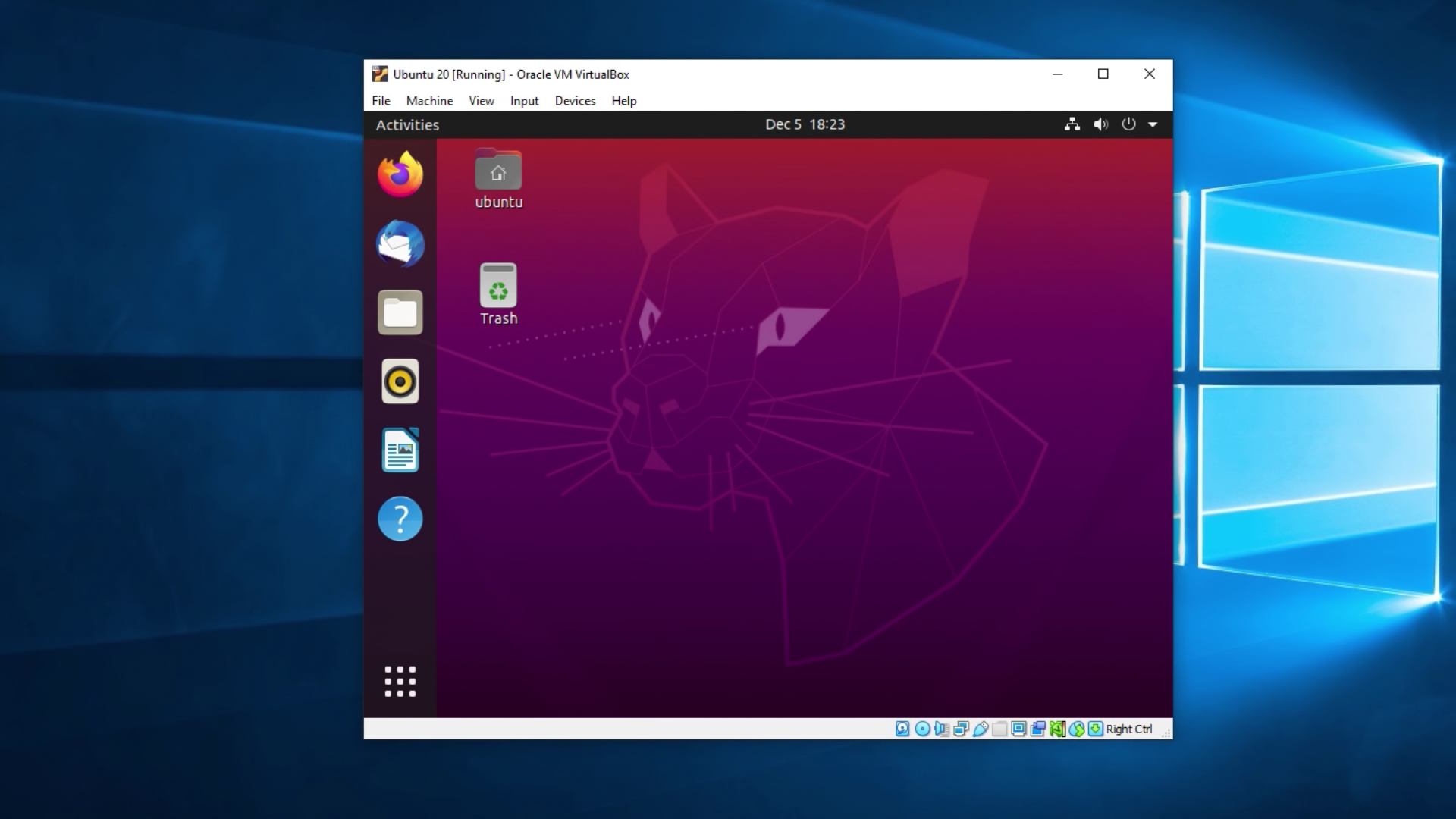
and also if you want 32 or 64 bit Guest OSs. You need to know what type of Guest OS - Windows, freeBSD, Kali, Ubuntu. In the VM VirtualBox Manager, select NEW and follow the steps to create a new VM.Start the virtual box program on your Host OS.

Download and install the recommended extension pack.Download to your laptop the latest version of VirtualBox.VirtualBox Download page - this is to install the VirtualBox product (a VMM) on your guest Host (i.e., your computer).Ģ Installing a Guest OS on a VirtualBox VM Step 1.Configure networking on your Guest OS as neededįor VM1, we are using ubuntu-16.04.3-desktop-amd64.isoįor VM2, we are using a Kali linux distro (specifically kali-linux-2017.3-vbox-amd64) but we are using a prebuilt VM in Open Virtualization e below for instructions.Customize the virtual network at the VMM as needed.On your Guest OS, install any additional software packages.The first step is usually to just get your VM connected to the Internet Setup networking at the VMM level - select File and then Preferences, and then networking.To install an OVF, make sure you have the appropriate ova file, and then select file in the VirtuaBox Mgr and select Import Appliance.Go through the normal OS installation for the Guest OS To install an ISO: Start the VM and point the installer to the ISO.Download the ISO or OVF files on your Guest OS.There are different formats, but we will use Open Virtualizatoin Format (OVF). Note that you can install a Guest OS with the Linux distro ISO OR with a prepackaged VM.Let's assume you are interested in installing one or more VMs that are either Ubuntu or Kali. You need to setup that VM knowing what Guest OS you plan on installing. Create a VM using the VirtualBox Manager program.

VMs that have an installed OS are called Guest OSs. The VMM allows you to to create Virtual Machines (VMs) that you can then use after you install an OS.

Get familiar with the VirtualBox Documentation.To setup your VM, please do the following steps (all described below). You will be doing activities involving our VMs that take into account the details of VirtualBox'es networking design and implementation. Each VMM implements virtual networking differently. NOTE: Please do not try to use VMware, KVMs, or other Virtual Machine systems. CPSC 4240/6240 students will need to install VM1 and a second VM (VM2), - a Kali linux distro (specifically ) BUT, we are installing the VirtualBox applicance that is based on that iso.CPSC3600 students will need to install one VM (call it VM1) - a ubuntu 16.04 distro (specifically, ubuntu-16.04.3-desktop-amd64.iso ).Setting up VirtualBox VirtualBox Introduction and Setupįor the current semester, please note the following:


 0 kommentar(er)
0 kommentar(er)
